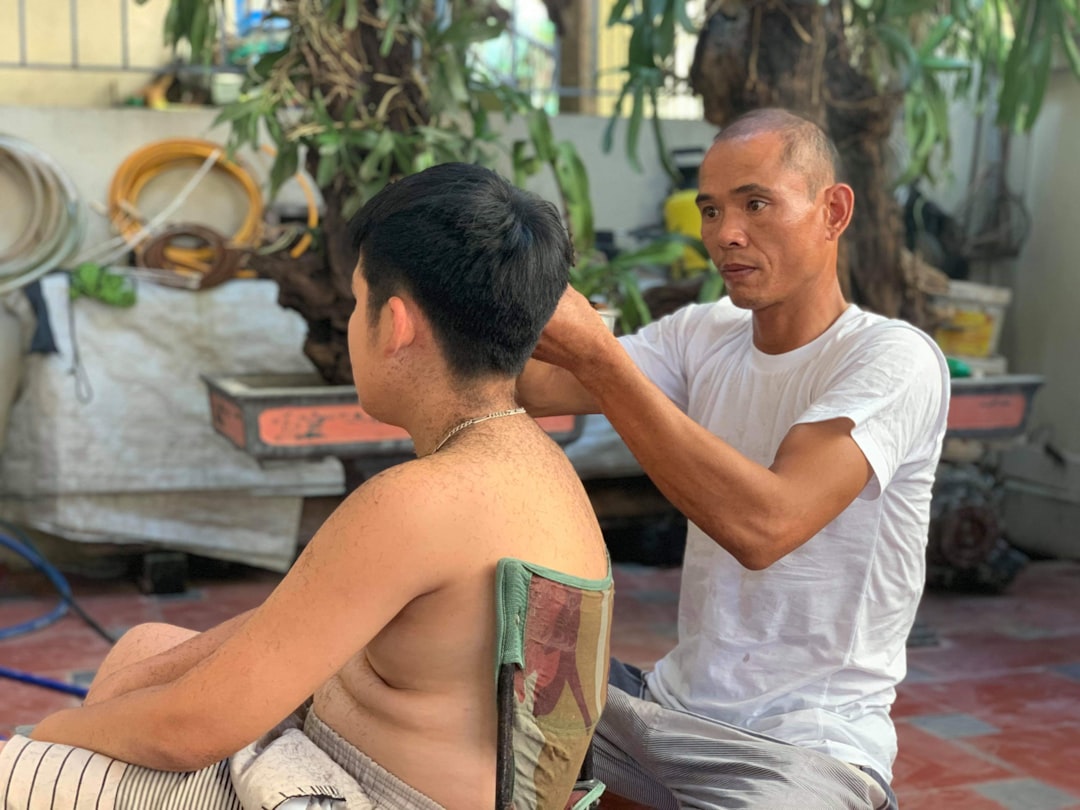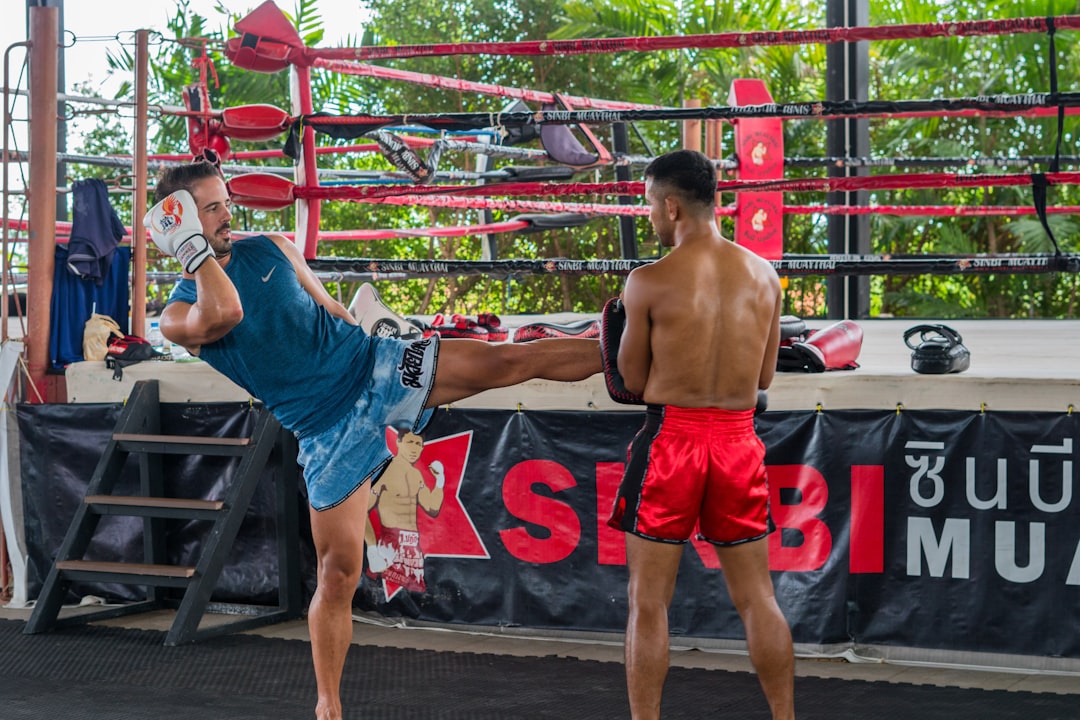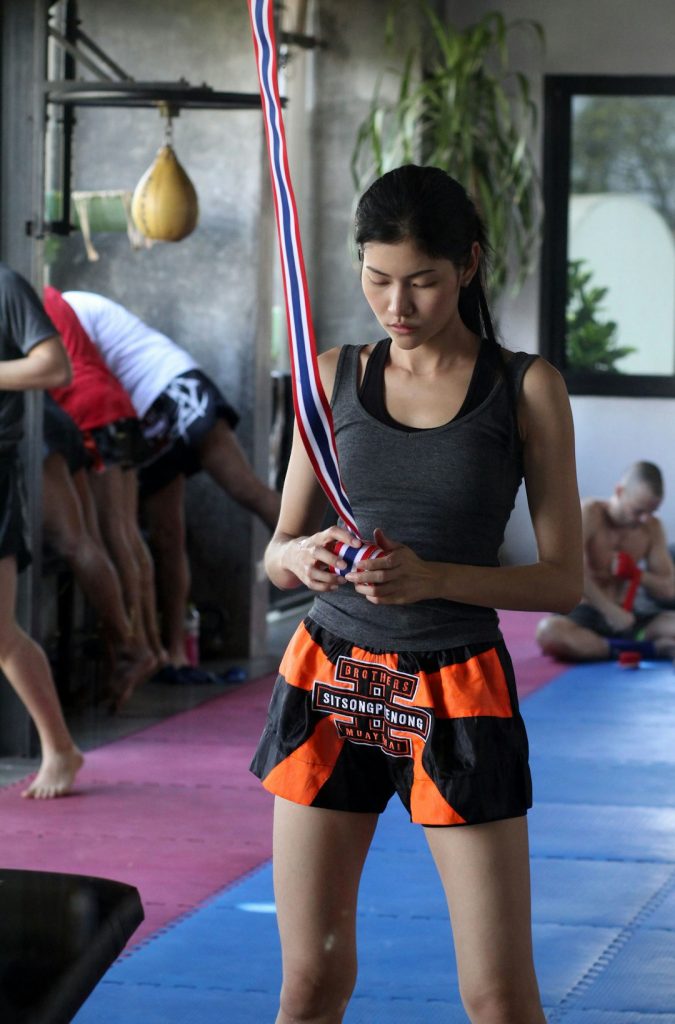Muay Thai, the ancient martial art of Thailand, is often revered for its effectiveness, tradition, and deep cultural roots. Unlike many modern martial arts that use colored belts to indicate rank and progress, Muay Thai operates under a different philosophy and structure. This has led to numerous questions from newcomers and martial arts enthusiasts alike: Are there belts in Muay Thai? If not, how is progression tracked, and how does a student know they are improving?
TL;DR
Traditional Muay Thai does not use a belt ranking system like many other martial arts such as Karate or Taekwondo. Progress in Muay Thai is usually measured by skill development, ring experience, and the judgment of a coach or Kru (teacher). However, some Western or commercial Muay Thai gyms have adopted their own belt or armband systems to help students track progress. These systems are not officially recognized by Thailand’s Muay Thai governing bodies but may still serve as motivational tools.
Understanding the Traditional Thai Muay Thai System
In its homeland, Thailand, Muay Thai is not taught with a structured belt ranking system. The primary way to assess one’s skill is through sparring, training performance, and competitive fights. Fighters are typically trained in a gym (known as a Muay Thai camp) under experienced coaches, who determine when students are ready to fight or take on advanced techniques.
Traditionally, Muay Thai is very much performance-based. Students may start from a young age and gain experience by competing in local and national circuits. Success is measured through victories, technical growth, and recognition from trainers and peers rather than through symbolic belts.
Why No Belts?
The lack of belts in traditional Muay Thai can be attributed to several cultural and practical reasons:
- Combat Effectiveness Focus: Training emphasizes efficiency, conditioning, and fighting prowess over ceremonial ranking.
- Individualized Assessment: Coaches focus on each student’s personal development and readiness to fight rather than testing procedures.
- Cultural Tradition: Muay Thai is rooted in centuries-old Thai culture, and the introduction of belt systems is largely seen as a foreign concept.

The Concept of Prajioud (Armbands) in Muay Thai
While there are no belts, traditional Muay Thai does include the use of Prajioud (or Prajet) — cloth armbands tied around the biceps of a fighter. These originated from historic beliefs in warrior protection and blessing, often given to young fighters by their family members as good luck charms.
However, these armbands are symbolic rather than indicative of rank. In many Thai camps, their use is mostly ceremonial today and holds no standardized meaning across different gyms. Some more modern or Western-leaning Muay Thai organizations have attempted to turn these armbands into rank indicators, but this is not universally accepted or standardized.
Modern Adaptations in the West: Belt and Ranking Systems
In countries like the United States, Canada, and the U.K., some gyms have implemented non-traditional ranking systems to mirror those found in other martial arts. This adaptation is primarily designed to accommodate:
- Students who are not necessarily interested in competition
- A structured curriculum for progress tracking
- Motivational tools to encourage long-term engagement
These systems may involve colored Prajioud (armbands) or even belts in some schools. The criteria for advancement vary from gym to gym, but commonly include:
- Demonstrated technique proficiency
- Sparring and pad work assessments
- Attendance and training hours
- Physical conditioning and fitness goals

Examples of Non-Traditional Rankings
Some global Muay Thai organizations have attempted to introduce structured curricula for standardized Muay Thai education. Examples include:
- The World Thai Boxing Association (WTBA) based in the U.S., which uses a colored armband system reflecting levels of proficiency from beginner to instructor.
- UKMTF (United Kingdom Muay Thai Federation) has a progressive system for juniors and adults, often involving assessments by certified instructors.
- Muay Thai Institute (MTI) of Thailand offers instructor-level certification which includes multiple tiers but remains separate from traditional camp instruction.
It’s crucial to understand that these systems are intended more for structured teaching in non-competitive environments, and do not represent recognition from Thailand’s official sporting bodies.
How Is Skill Measured in Traditional Settings?
Instead of using ranked belts, Thai fighters and students measure progress through experiences such as:
- Competition Records: How many fights they’ve had, win/loss statistics, and the quality of opponents.
- Technical Growth: Improvements in technique, strategy, and effectiveness in sparring and fights.
- Coaches’ Feedback: Ongoing informal assessments by respected coaches who have often produced multiple champions.
This fluid approach is often more demanding but places heavy emphasis on the real-world application of skills, especially in the ring.
Should Beginners Be Concerned About Belts?
For those new to Muay Thai, it’s natural to want milestones or recognition for your efforts. If you train in a traditional gym, your progress may be less visible in terms of titles but very evident in your ability, confidence, stamina, and technique. In modern gyms that incorporate a belt or armband ranking, they can serve as helpful guides to skill levels and provide structure, particularly if you’re not pursuing competition.
As a beginner, consider your own goals:
- Are you looking for fitness, self-defense, discipline, or competition?
- Do you want structured progress tracking or are you motivated by personal development?
- Does the tradition and culture of Muay Thai appeal to you more than modern modifications?
Pros and Cons of Belt Systems in Muay Thai
While they’re not traditional, here are some arguments both for and against belt systems in Muay Thai:
Pros:
- Provides structure for consistent progress tracking
- Keeps students motivated, especially those not aiming to compete
- Makes Muay Thai more accessible to younger age groups and newcomers
Cons:
- Not recognized in traditional Thai Muay Thai circles
- Can dilute the art’s cultural essence and combat-focused roots
- Subjective grading standards may vary greatly between gyms

Conclusion: Skill Over Symbolism
To answer the question clearly: Traditional Muay Thai does not have belts. In its cultural and historical context, skill is measured through fighting ability, coach approval, and time dedicated to the art. However, variants of ranking systems have emerged in modern and Western contexts to provide structure and motivation, especially for recreational practitioners.
If you’re serious about Muay Thai, focus less on the color of a belt and more on your daily progress in technique, conditioning, and mental discipline. Whether you choose a traditional camp or a modern gym with ranks, the true measurement of your Muay Thai journey lies in your dedication and growth.
